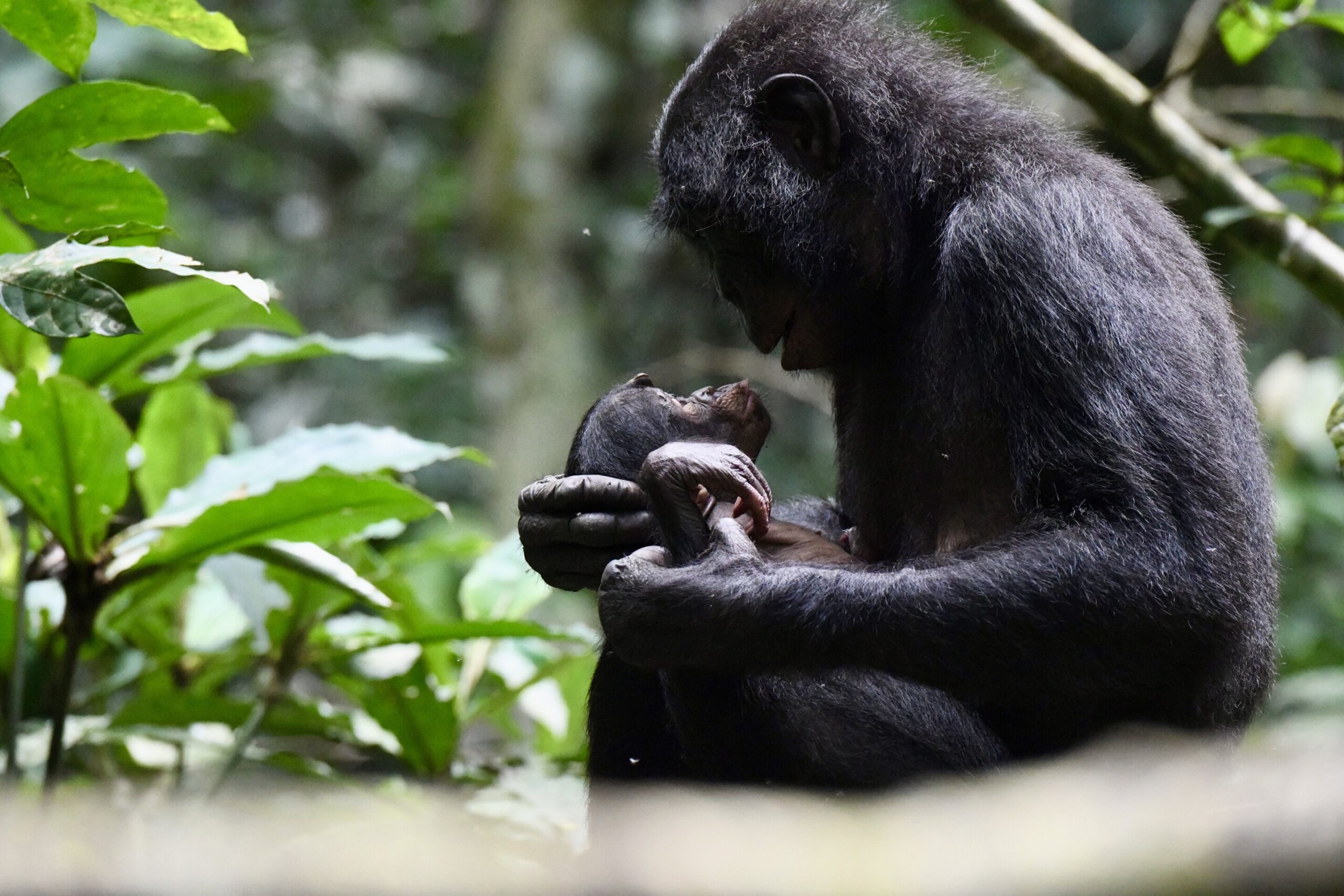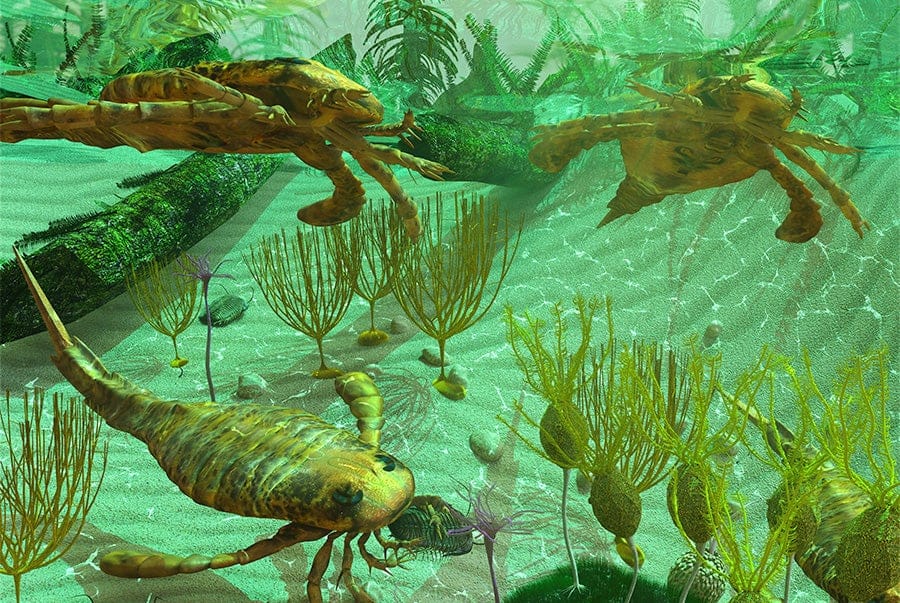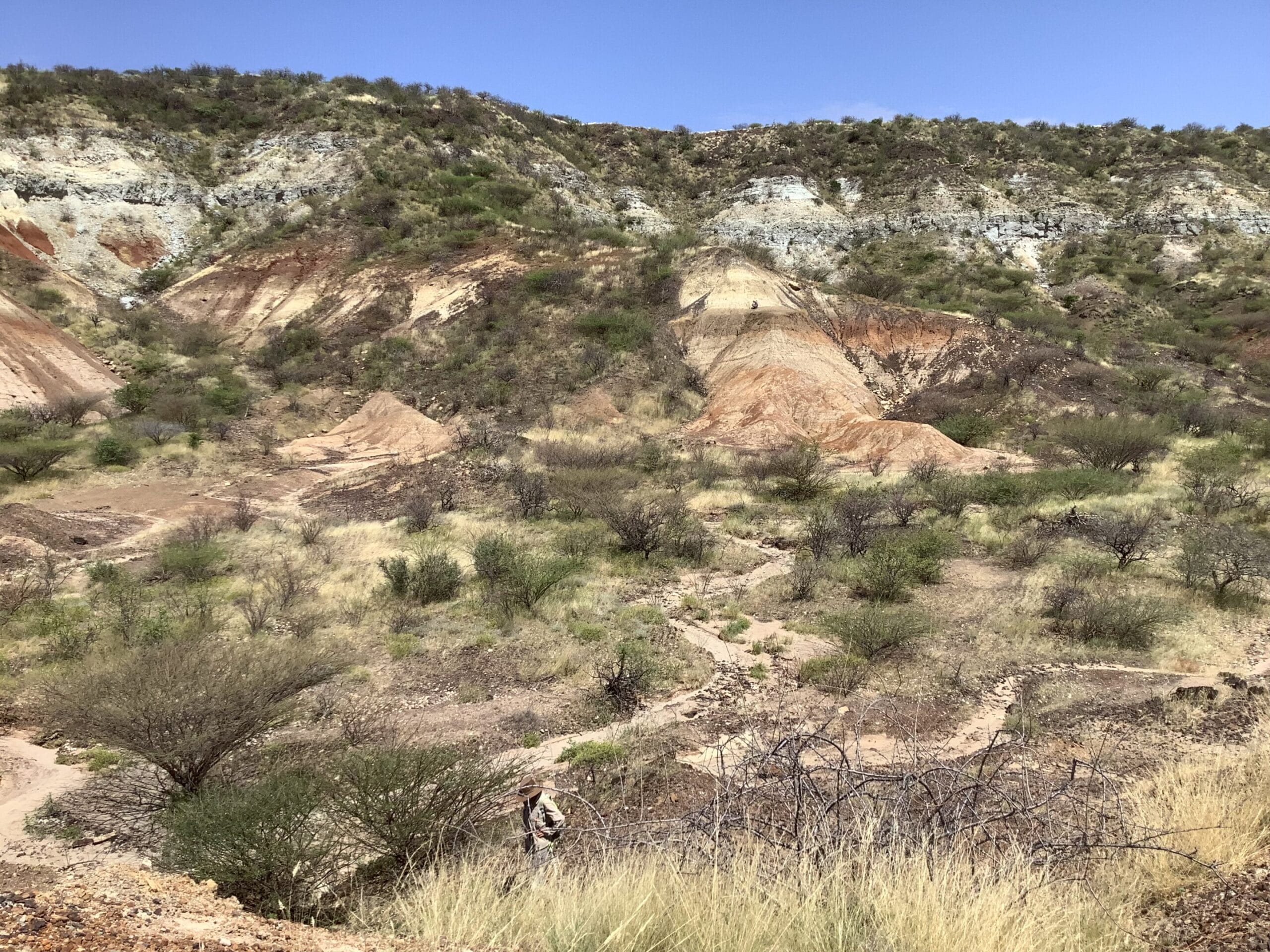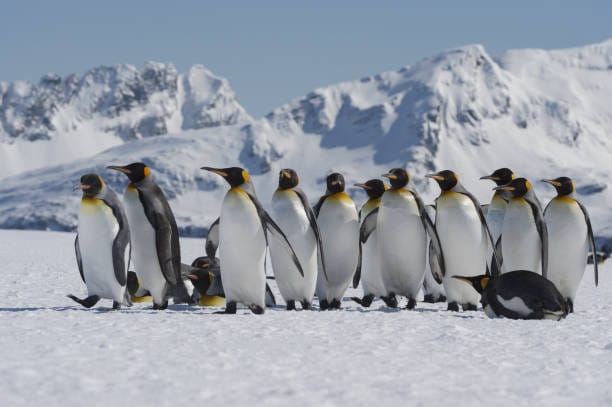Anyone who has spent time with a baby knows the instinct: voices soften, pitch rises, and words stretch into sing-song melodies. “Who’s a good baby?” we coo, often without even realizing it. This kind of speech—child-directed or “baby talk”—is nearly universal among humans. It’s not just a cultural quirk; it’s a powerful tool that helps children learn language, build relationships, and understand the world.
But where did this behavior come from? Is it uniquely human, or does it echo deeper in our evolutionary past?
In a groundbreaking study featured on the cover of Science Advances, a team of biologists and linguists from Switzerland, France, Germany, and the U.S. set out to answer these questions. By peering into the social lives of our closest evolutionary relatives—chimpanzees, bonobos, gorillas, and orangutans—the researchers discovered that baby talk may not be as deeply rooted in the animal kingdom as once thought.
Baby Talk: More Than Just Cuteness
For decades, scientists have linked child-directed speech to language development. The more a baby hears this melodic, exaggerated form of communication, the faster their vocabulary grows and the stronger their early literacy skills become. But it’s not just about exposure—it’s about how we talk.
“Child-directed speech is one of the most powerful tools for early learning,” says Franziska Wegdell, postdoctoral researcher at the University of Zurich (UZH) and co-lead author of the study. “It’s been assumed that this behavior has evolutionary roots shared with our primate cousins. But what we found challenged that assumption.”
To investigate, Wegdell and her colleagues recorded hundreds of hours of vocal interactions in wild great ape populations—observing not just what adults said around infants, but what they said to them. The team focused on five species: humans, bonobos, chimpanzees, gorillas, and orangutans. Their goal was to detect signs of what scientists call infant-directed vocal communication.
The Surprise in the Jungle
The results were striking: humans were, by far, the most frequent users of baby talk.
“We were surprised by how little infant-directed vocalization we observed in our closest living relatives,” says Wegdell. “Even in bonobos and chimpanzees, where we expected to see more, the behavior was rare.”
That raised a fascinating evolutionary question: if non-human great apes don’t typically speak to their babies, how do their infants learn communication? Could baby talk be a uniquely human evolutionary innovation?
The answer may lie in a more complex social web than previously imagined.
Eavesdropping on the Tribe
Though apes may not coo and sing to their young the way humans do, that doesn’t mean their infants aren’t learning. According to Johanna Schick, another co-first author and postdoc at UZH, young great apes seem to absorb language-like signals through a different route—by overhearing.
“Even in humans, babies learn a lot from simply overhearing adult conversations,” Schick explains. “We found that across all five great ape species, including bonobos and chimpanzees, infants were exposed to high levels of surrounding communication—not necessarily directed at them, but happening nearby.”
The only notable exception was orangutans, whose more solitary lifestyles limit the amount of social chatter infants are exposed to. In their case, even surrounding vocalizations were less frequent.
The findings suggest that, while humans emphasize direct communication with babies, our primate cousins may rely more on ambient social learning.
Talking Without Words: Gestures That Teach
Still, language isn’t only about sound. Gestures, facial expressions, and body movements are equally crucial, especially in species that don’t speak with words. That’s why the team focused their first investigation solely on vocalization—but they suspect there’s more to the story.
“Since speech is a primary modality of human language, we began with the vocal domain,” says Caroline Fryns of the University of Neuchâtel (UNINE), the study’s third co-first author. “But we know that non-human great apes use a rich array of gestures, many of which are clearly directed at infants.”
Some of these gestures—like exaggerated movements, repeated actions, or playful signals—bear a striking resemblance to what humans do when communicating with babies. They may serve similar functions: catching attention, reinforcing emotion, or teaching important social cues.
Future studies, the team suggests, will dive deeper into this multimodal communication to uncover whether “baby talk” might include more than sound.
Searching for Language in the Bones
Of course, if scientists want to understand how language evolved, they can’t look back in time with a microscope. Language doesn’t fossilize. There are no ancient skulls with recorded conversations. So, researchers must look sideways—to our evolutionary cousins who share the closest behaviors to early humans.
“For this reason, we turned our attention to great apes,” explains Wegdell. “By studying their infant-directed communication, we can make educated guesses about what the communication of our common ancestors might have looked like.”
The study’s conclusion is both profound and humbling: while the instinct to talk to babies appears to be uniquely human in its frequency and complexity, the seeds of that behavior may still be scattered across the animal kingdom.
Indeed, infant-directed communication has been observed not just in primates, but also in species as diverse as cats, dolphins, bats, and monkeys. This suggests that the urge to communicate gently, differently, and more emotionally with the very young may not be a strictly human invention, but rather a behavior that evolved multiple times for the same reason: to teach.
The Cradle of Curiosity
What makes baby talk so powerful isn’t just the high pitch or repetition—it’s the fact that it reflects an emotional investment in the future. When we coo at a baby or speak slowly with exaggerated vowels, we’re doing something deeply human: trying to draw a new mind into the world of ideas.
“Humans are wired for teaching,” says Fryns. “What this research shows is that our way of interacting with infants—especially vocally—is likely a relatively recent and uniquely human adaptation.”
But it also reminds us of something timeless. Across forests, savannas, and living rooms, the dance between caregiver and infant has always been a story of connection. Whether it’s a whisper, a wave, or a warm look, we shape minds by showing we care.
So the next time you catch yourself speaking in sing-song tones to a baby, know this: you’re not just entertaining them. You’re echoing an ancient human tradition, one that may have helped spark the very thing that makes us human—language itself.
Reference: Franziska Wegdell et al, The Evolution of Infant-directed Communication: Comparing Vocal Input Across all Great Apes, Science Advances (2025). DOI: 10.1126/sciadv.adt7718. www.science.org/doi/10.1126/sciadv.adt7718






